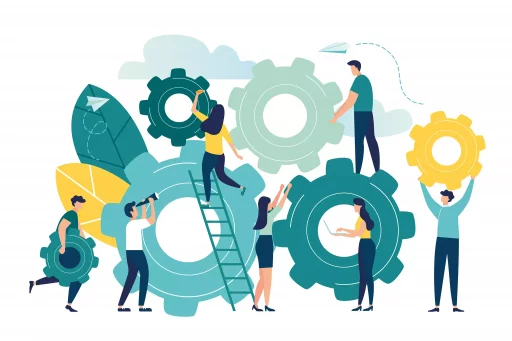What is Mambo?
Mambo is a vibrant and energetic dance and music genre with roots in Afro-Cuban culture. It combines elements of jazz and traditional Cuban music, characterized by its syncopated rhythms and lively beats. Mambo emerged in the 1930s and gained immense popularity in the 1940s and 1950s, particularly in the United States.
The Origins of Mambo
The term “mambo” translates to “conversation with the gods” in the Kikongo language, a nod to its spiritual roots. It emerged from the Cuban son, a genre that fuses Indigenous, Spanish, and African influences. Notably:
- The Mambo rhythm was heavily influenced by the jazz sounds of the 1930s.
- Musicians such as Pérez Prado are credited with popularizing Mambo globally.
- By the mid-20th century, Mambo became a dance craze in American ballrooms.
The Musical Characteristics of Mambo
Mambo is recognized for its distinctive musical elements, including:
- Syncopated Rhythms: Mambo features complex rhythms that create a lively and swinging feel.
- Instrumentation: Typical mambo bands include brass instruments, percussion (like congas and timbales), and a piano.
- Call-and-Response: This interactive style between musicians and vocalists showcases the genre’s lively roots.
Mambo Dance Style
Mambo dance is as energetic as its music, characterized by quick footwork and spirited turns. It is a partner dance, often performed at social events.
Key elements of Mambo dance include:
- Quick Steps: Dancers move quickly to keep up with the fast-paced music.
- Body Isolation: Dancers often use their hips and upper bodies to accentuate rhythms.
- Turns and Spins: Mambo dancers frequently incorporate turns to add flair to their movements.
Mambo’s Cultural Impact
The rise of Mambo has had a significant impact on music and dance across the globe. It has influenced various genres, including salsa, and led to the development of new dance styles. Case studies highlight its continued relevance:
- The Palladium Ballroom: Located in New York City, this venue was a hub for Mambo in the 1940s and 1950s, showcasing legends like Tito Puente and Machito.
- Popular Films: Movies like “Dirty Dancing: Havana Nights” highlight Mambo, showcasing its beauty and flair to new generations.
The Revival and Modern Influence of Mambo
While Mambo saw its peak mid-20th century, it has experienced a revival in recent years. Modern artists blend traditional Mambo with contemporary genres, ensuring its vibrancy:
- Global Festivals: Events such as the New York Mambo Festival celebrate Mambo while attracting dancers and music lovers worldwide.
- Contemporary Musicians: Artists like Marc Anthony and Gloria Estefan incorporate Mambo rhythms into pop music, infusing it with fresh energy.
Statistics on Mambo’s Popularity
According to recent surveys, dance styles incorporating Mambo make up:
- 34% of salsa dance classes globally
- Over 50 annual festivals celebrating Mambo and its influence
These figures further exemplify the enduring legacy of Mambo within both the dance and music worlds.
Conclusion
Mambo is not just a genre of music or a style of dance; it’s a cultural phenomenon that embodies the spirit of joy, celebration, and community. Its origins, characteristics, and impact demonstrate its continuing relevance, making it a beloved art form that transcends generations.





